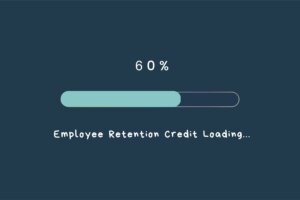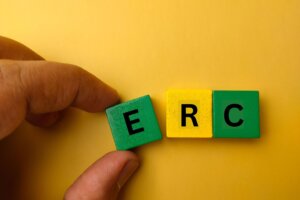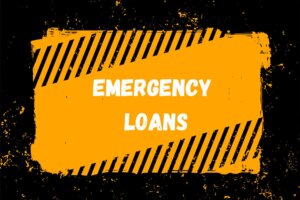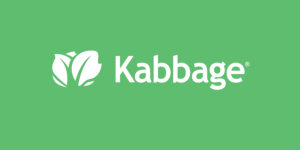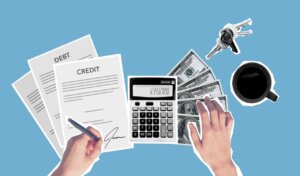Although everyone knows that benefits are extremely important in government grant proposals for nonprofits, I am constantly astonished at how many proposals are all features and few, if any, benefits. This is a serious omission because the lack of explicit benefits almost always means that the proposal will be unpersuasive to reviewers.
Everything in your proposal has to answer a simple question – “So what?” Features are an important part of proposals but they cannot answer this important question. You need benefits to provide a compelling answer.
A feature relates directly to your services, for example:
• We have been a nonprofit organization for 15 years.
• We will allocate ten key personnel in the first year of the grant period.
In contrast, benefits are some aspect of your service that addresses an issue or problem of your funder. It provides some sort of value.
Creating Benefits
The first step in creating benefits in a proposal is to identify the government agency’s most pressing issues and needs. Next, you must reach a common understanding of these issues and needs. Why is the funder concerned about them? What parts of our services address these issues and needs? And how can we make our benefits compelling and persuasive to the funder?
Then you must clearly link the features and benefits in your proposal’s text and graphics. A great place to begin would be the Executive Summary.
Below is an example of how you would link a feature to a funder’s benefit (efficiency) in family planning.
Bad: We have provided family planning services for 15 years.
Marginal: Our family planning services are very efficient.
Better: Through our social marketing programs, our family planning services recover approximately 70 percent of their costs.
Great: Through our social marketing programs, our family planning services recover approximately 70 percent of their costs. Of all major family planning organizations, we have the lowest average cost per Couple Year of Protection (CYP) – less than $1.00.
Emphasize the Benefits Again and Again
Government grant proposals are 10,000 details, so it is understandable why they often become little more than laundry lists of features. But features in and of themselves are a means to an end, not an end in themselves.
Your end is what benefits the funder and only what benefits the funder. It does not matter what you offer, only how you can address a funder’s issues and needs. After all, if there were no issues and needs you would not be reading grant guidelines from a government agency.
Focus on the benefits at the beginning of the grant proposal for nonprofit organizations and tailor your most important features to address the government agency’s issues and needs. This will make your proposal more persuasive and more likely to be funded.
Remember – features tell, benefits sell. Benefits are very important because they tell reviewers why you should receive a grant.
=-=-=-=-=-=-=-=-=-=-=-=-=-=
Dr. Jayme Sokolow, founder, and president of The Development Source, Inc.,
helps nonprofit organizations develop
successful proposals to government agencies.
Contact Jayme Sokolow.
=-=-=-=-=-=-=-=-=-=-=-=-=-=
Look for Jayme’s ebook on
Finding & Getting Federal Government Grants.
It’s part of
The Fundraising Series of Ebooks
They’re easy to read, to the point, and cheap 🙂
=-=-=-=-=-=-=-=-=-=-=-=-=-=
We take a break, here, for the Labor Day Weekend,
and we’ll resume our twice-per-week posting schedule
on Tuesday, September 3rd.
=-=-=-=-=-=-=-=-=-=-=-=-=-=
If you’re reading this online and you would like to comment/expand on the above, or would just like to offer your thoughts on the subject of this posting, we encourage you to “Leave a Reply” at the bottom of this page, click on the feedback link at the top of the page, or send an email to the author of this posting. If you’ve received this posting as an email, click on the email link (above) to communicate with the author.

